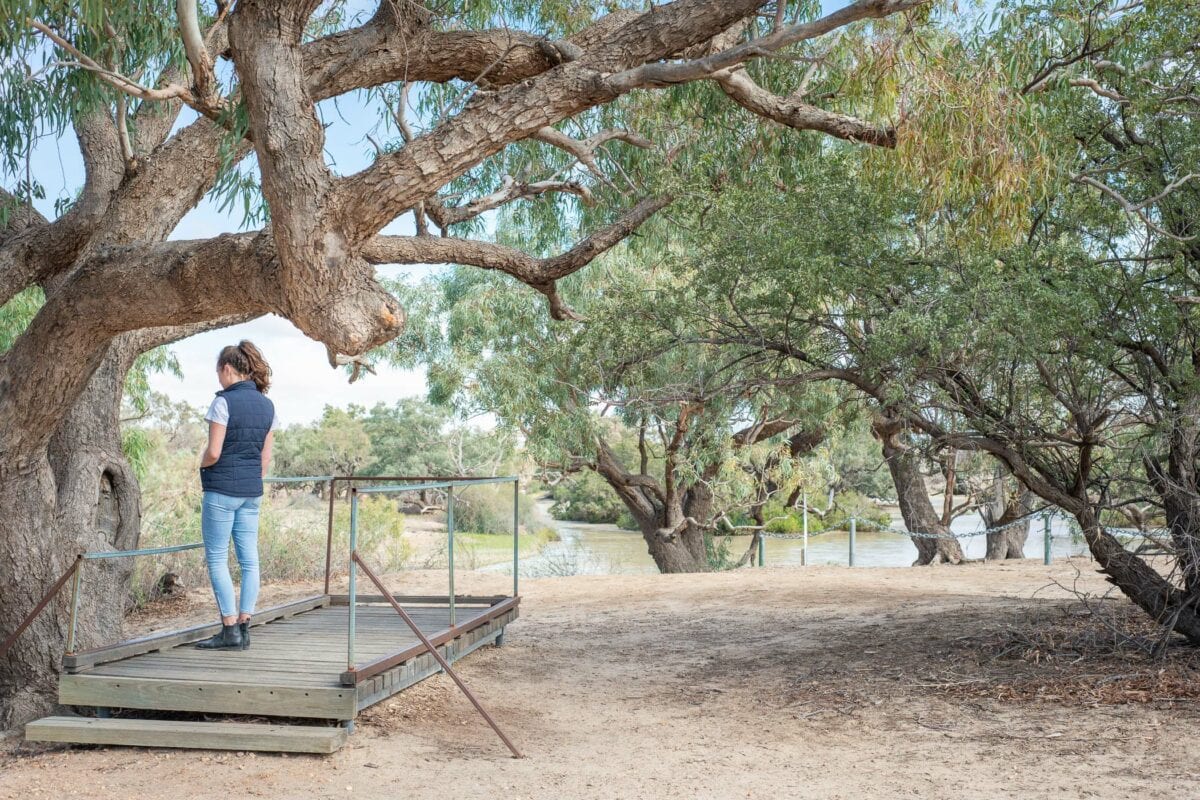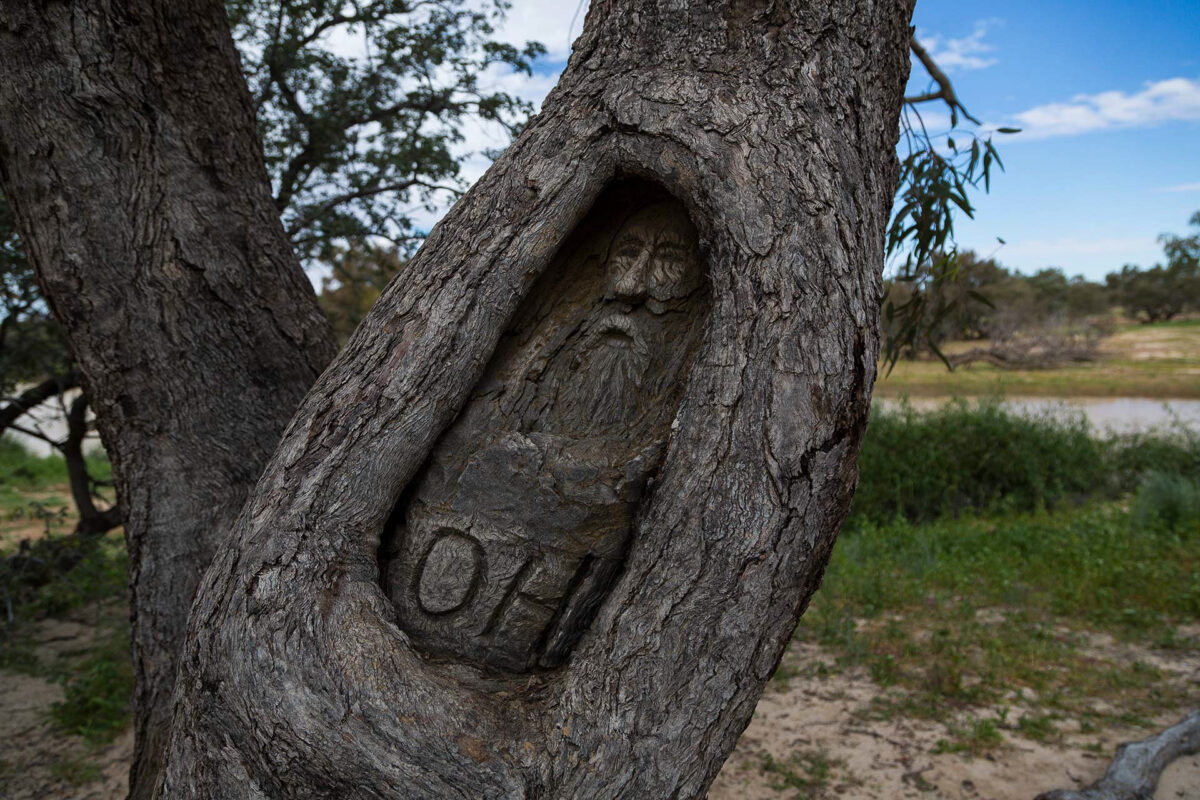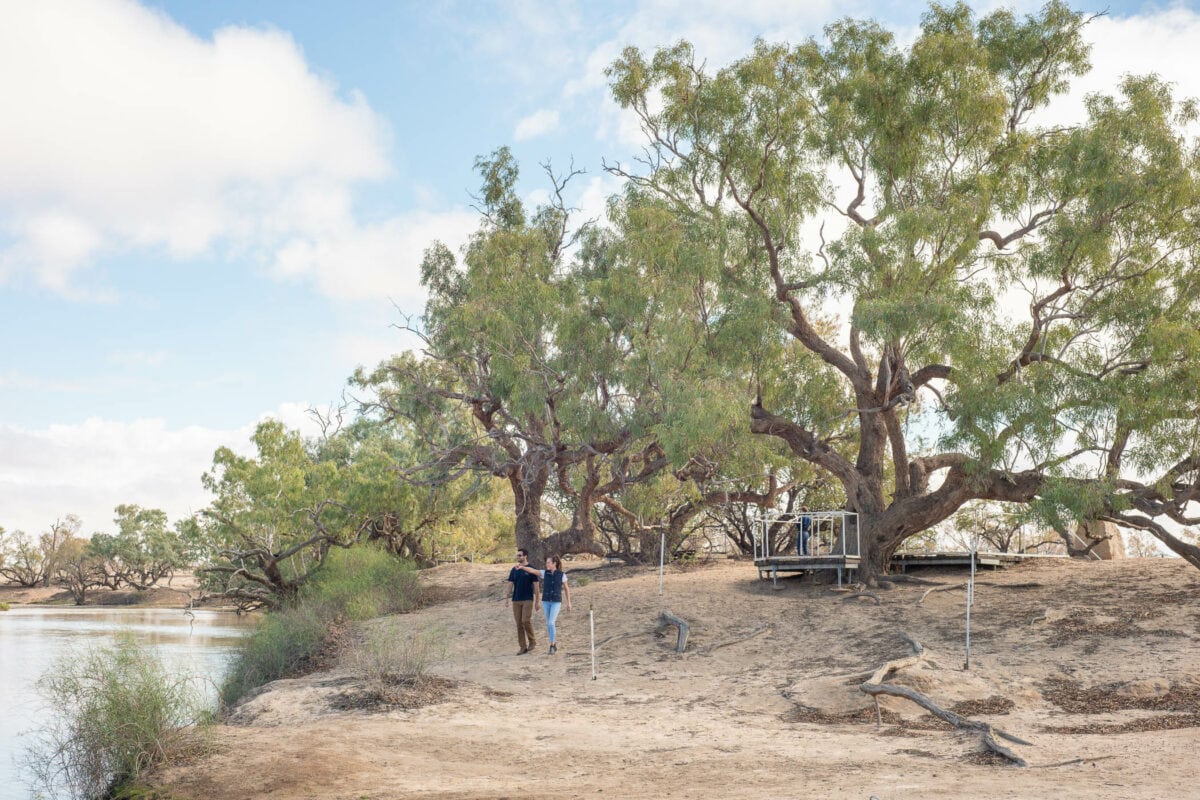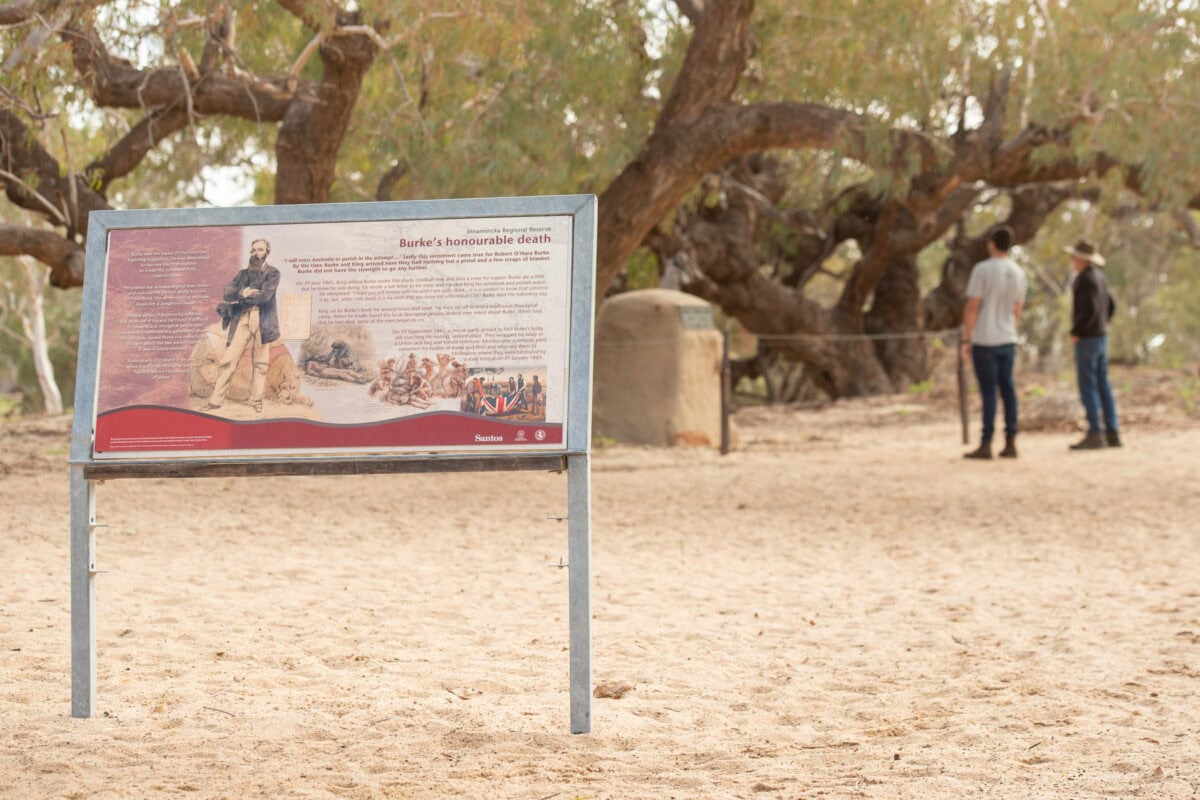Burke and Wills Expedition (abridged version)
In Australian pioneering folklore, no tale is more tragic than the Burke and Wills expedition of 1860 with the Innamincka area playing a significant role in the ill-fated journey.
The expedition came about after the Victorian government offered a prize for the first expedition to cross Australia from south to north. Robert O'Hara Burke set off from Melbourne on August 20, 1860 with the largest expedition ever assembled. As little as 18 days later his team reached their first objective — Swan Hill on the River Murray. From there it took two months of travelling through mud and rain to arrive at Menindee.
In an effort to lighten the expedition and speed up proceedings, Burke reorganised the party, offloaded stores and sacking some of the men. He then headed off with half the men for Cooper Creek leaving the others to bring up the heavy stores. At Torowoto Swamp, Burke sent a message back with William Wright telling the others to bring the rest of the provisions and join him at a Camp he was planning on setting up on the Cooper Creek (Camp LXV).
For the next month the party set up camp, rested, explored the surrounding area, and waited for Wright to turn up with the remaining party.

Destination: Gulf of Carpentaria
Burke, along with Wills, King, Grey and Brahe (for the first 35 kms) set off on in the heat of December 13 for the Gulf of Carpentaria. However, Burke subsequently sent Brahe back to Camp LXV and told him to wait there for three months.
With good weather and plentiful grazing along the way for the animals, they firstly followed the Cooper Creek to what is now Innamincka. They then turned north through the Sturt Stony Desert crossing the Diamantina at Birdsville and eventually on to the Eyre Creek and the area around Cloncurry. From there, Burke and Wills pushed on towards the gulf.
Unfortunately, they fell an agonising 20 kms short.
Believing they had reached their goal, the party set off for the return journey to Melbourne. Eventually, lack of provisions, along with rain, mud, humidity, sun, heat, and dust storms took a toll on the party, especially Grey who died on April 17. Burke, Wills and King pushed on and staggered into Camp LXV at 7.30 pm on April 21 — just nine hours after Depot leader William Brahe had abandoned the camp and set off for Menindee.
Brahe had carved a message into a large Coolibah tree instructing the returning party to 'DIG under 3ft NW'. After retrieving the stores, Burke's party set off two days later for Mt Hopeless. Both Burke and Wills died of starvation along the Cooper around late June 1861, King survived with the help of the local aboriginals until a rescue party found him in mid September.

Dig Tree
A national icon, the Dig Tree is a large Coolibah tree reputed to be between 200 and 250 years old and is a stark reminder of the harsh plight faced by Australia's early inland pioneers. The site is where Burke and Wills set up depot Camp LXV of their ill-fated expedition.
The Dig Tree is named after William Brahe carved the following instructions in the tree for the returning party to find provisions.
B LXV Trunk, creek side
Dig 3FT NW Trunk, land side
Dec 6 60 April 21 61 Limb upstream
The tragedy is that Brahe had left to join the rest of the party at Menindee just hours before an exhausted Burke, Wills and King staggered into camp after returning from the Gulf or Carpentaria.
Access to the Dig Tree is via an unsealed road at the junction of Innamincka and Arrabury roads north of the Innamincka township. There is also an airstrip for visitors by air.
Visitors today can visit the Dig Tree ($11 entry/site management fee) and read extensively about the Burke and Wills expedition at a special interpretive centre at the site. Aside from the boardwalk built around the tree to help protect it, the site on the banks of the Cooper Creek as it is now is how Burke and Wills and their party would have viewed more than 155 years ago.

Burke and Wills graves
Both Burke and Wills memorials can be found on the banks of the Cooper Creek. Burke's gravesite is a couple of kms north of the pub at Yidnaminkie (or Burke's) Waterhole, while Wills' grave is about 20kms south of Innamincka at Breerily Waterhole.
A search party led by Alfred Howitt came across a near-death King in mid September. King led Howitt to Wills' grave but was too weak to lead the party to the site of Burke's grave. Howitt blazed trees with grave markers where the bodies were discovered. Both bodies were later moved to Melbourne General Cemetery.

